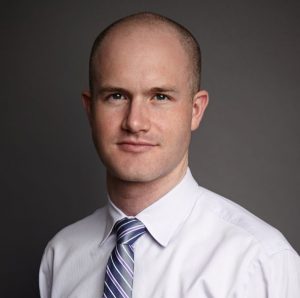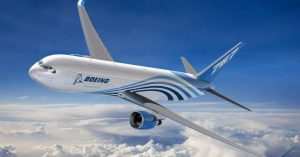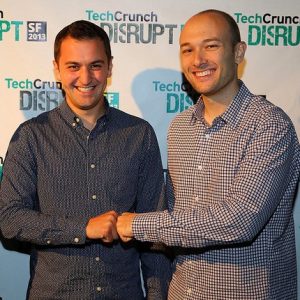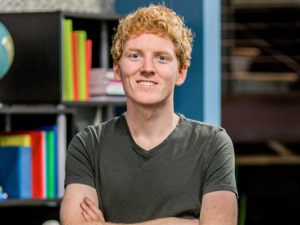Tim Norton : The Kiwi Serial Entrepreneur & Founder of 90 Seconds
Startups these days have certainly become a trend. Several good ideas are revolving around the investors to get their initial fundings. Many of which are successful in receiving the same, but happens to the ones who are not able to get one and end up with failure? Surely owner of those idea gets disheartened and drop their plan of startup.
But when you are really talented and have helped many other companies with their businesses, you get the confidence to start your own a hundred times even if you have failed multiple times.
The New Zealander self-made entrepreneur, Tim Norton, is one such personality, who kept on working on his ideas and built multiple startups until he founded 90 Seconds.
Early Career
Tim Norton, the serial entrepreneur, is a native of New Zealand, often described as the Steve Jobs of New Zealand. He was born and brought up in Matamata, a town in New Zealand’s North Island. He completed his graduate degree in commerce from the University of Canterbury, in 1999.

Soon after he graduated, Tim started working at Energy Intellect Ltd. as the Product & Growth Manager and led many projects there. With his leadership quality, Norton was able to raise $1 million revenue within first 12 months of his entry in the company. Later in the same company, he also handled the post of IT systems administrator and managed the development team. He also successfully raised capital funding for the company.
Beginning of Entrepreneurship
After working for three long years in Energy Intellect, Norton left the job in May 2003. Having gained much experience as a leader, he thought of starting his own business. In the same year, in the month of July, he started his consultant firm Little Ones, where he managed projects for web application development companies.
Although the company was doing really well, he wanted to try out other businesses too. After Little Ones, he started another venture, EvolutionOne, that hosted many open source business apps on the cloud, to provide the various organisations with a single platform, where they could manage their business online.
After these two startups, Norton went to found a few other startups, too, including Decisive Flow, StartupMedia, Airspace and Love to Ride.
Although, not all of his startups succeded, and he ended up borrowing up to a million dollars of debt.
Founding 90 Seconds
In 2010, Norton founded his most successful startup, 90 Seconds Limited, the Cloud Video Production Service. At the time, he was still under a huge debt. In the beginning, Norton shot small videos for free and posted on the platform. He knew that people do not like to watch ads in between the videos and also avoided watching longer videos, so he selected a 90 seconds’ time frame for the videos to be uploaded on the platform, and from here only he discovered the name for his startup.
At the same time, Norton started travelling to various other countries to shoot videos on different topics and to promote his startup in other countries too. In the early stage of the inception of the company, 90 Seconds opened an office in London.
The startup was a huge success, and within one year of its launch, Norton was able to pull off all his debt.
In 2015, the company reported the production of over 10,000 videos for more than 1,000 brands, in 80 countries. The recorded growth rate of the company had reached to 10% month on month, in the same year.
In 2016, 90 Seconds raised a $7.5million funding from Sequoia Capital. At the same time, it also got investment from 40 other investment firms. By Feb 2016, 90Seconds had established offices in five countries and seven cities.
The life story of this Kiwi entrepreneur is really inspiring in terms of the failure he faced in some of his startups, and even then he kept on experimenting to find the one business that would transform his career entirely.

Yashica is a Software Engineer turned Content Writer, who loves to write on social causes and expertise in writing technical stuff. She loves to watch movies and explore new places. She believes that you need to live once before you die. So experimenting with her life and career choices, she is trying to live her life to the fullest.





